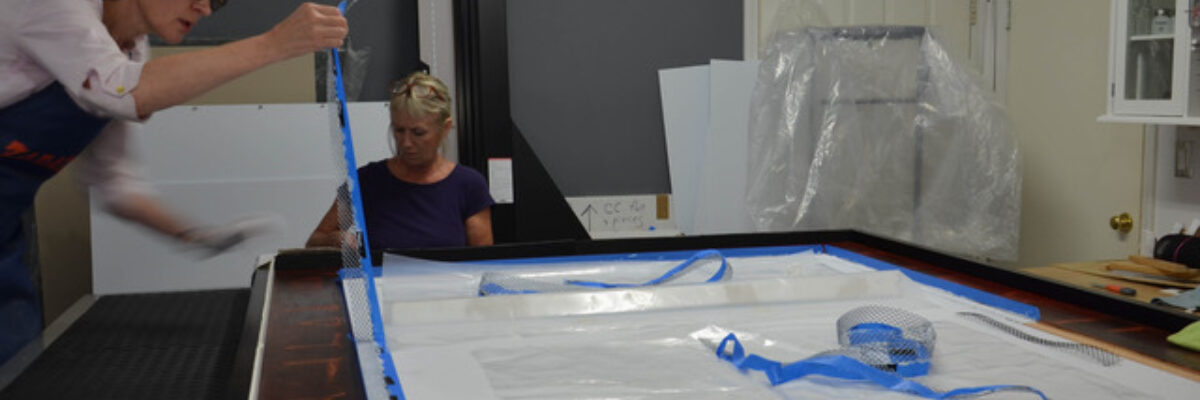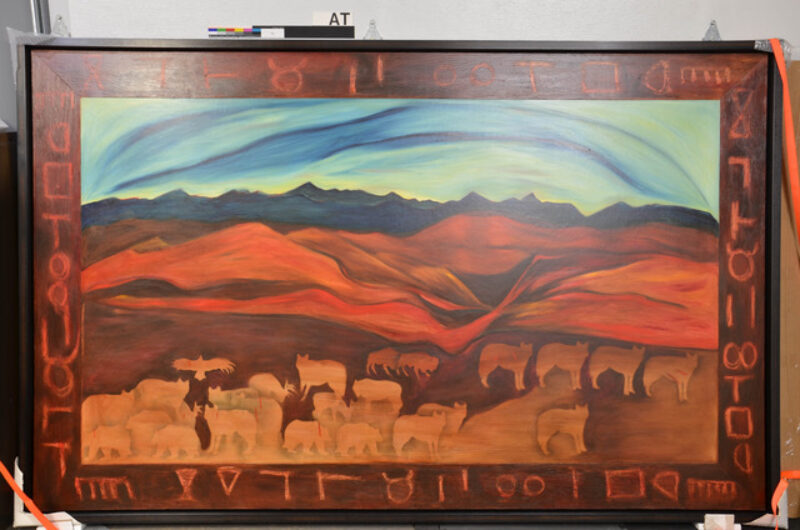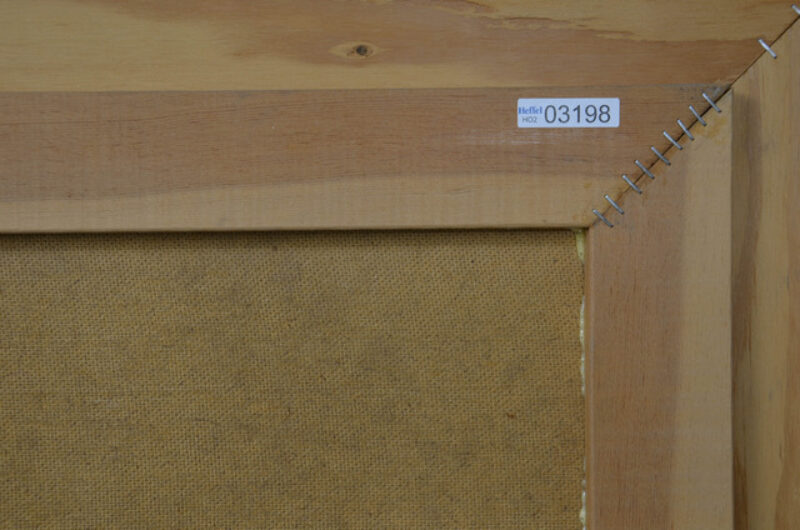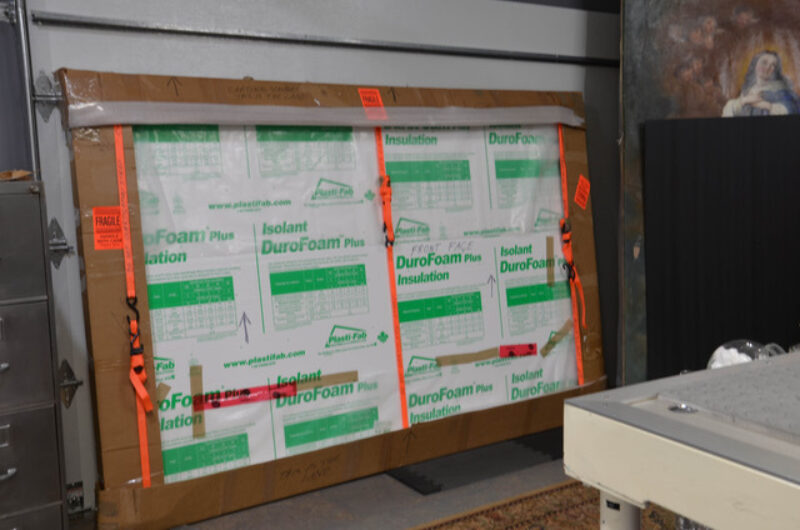
Member Spotlight Series: Cyndie Lack
Caring for the Collection - Celebrating 50 years of the AFA Art Collection
In 2022 I had the privilege of participating in the second of AFA’s 5-part 50th anniversary video series “Caring for the Collection" released over the course of 2023.
Those outside the province of Alberta may not be familiar with the AFA’s extraordinary collection and its crucial role in the development and support of the arts. Established in 1972 under Peter Lougheed’s Conservative government, the AFA is a “real jewel in the fabric of Alberta,” as stated by Collections Consultant Gail Lint in the first of the series: “Building a Collection." Former MLA and Minister of Culture (1971-9) Horst Schmid, a.k.a. “Mr. Alberta Culture” is one of several founding figures appearing in the first video. The 1970s were an unprecedented, golden age of arts funding, chronicled in Fil Fraser’s book Alberta’s Camelot: Culture & the Arts in the Lougheed Years. I received invaluable support for my undergraduate education as a recipient of Lougheed's Alberta Heritage Trust Fund Scholarship.
My first job in the arts was as a STEP worker (student temporary employment program) at the AFA's (then AAF) first location in the historic downtown Edmonton building "Beaver House.” At that time, there were no private paintings conservator in Alberta, so paintings requiring treatment were shipped out of province. This gap in service and my prior experience with the Collection and its dedicated staff inspired my return to Alberta after graduating from the Queen’s University Art Conservation Program. By now the AFA has been a treasured client for over 30 years!
In the collections care video, I am shown in front of “This is the Land” by Joane Cardinal-Schubert, one of my most complex and physically demanding treatments to date. The work is executed on hardboard set flush within a painted plywood border. The image-bearing surfaces were separating from the two wood strainers to which they had been glued while remaining firmly stuck in many areas. Previous repairs had been attempted with polyurethane adhesive, which also filled the minute gap between the hardboard edges and its plywood border. The old repairs, inadequate support system, an uneven primary adhesive application, and the rough, uneven strainer surface spelled certain failure.
The hardboard had to be entirely freed from the strainer, however the plywood border could not be safely separated. Severing the glue line at the edge of the hardboard was punishing work due to the rubbery toughness of PU adhesive and the tight fit of the hardboard. Upon release, it was evident the hardboard had been forced into the plywood border opening. After weeks of planning and preparation, the moment of truth came with two assistants helping to lower the painting into the enlarged border opening. Within ten prior minutes, an acrylic adhesive was applied to the modified strainer surface, and mesh strips used during adhesive application removed (see photo). The original auxiliary support system was fortified with a rigid foamboard insert in the strainer void, mechanically held to vertical aluminum supports. A robust new float frame, attached before reassembly, also improved overall rigidity. Packing for return transportation included use of a laminated film styrofoam panel filling the depth of the float frame, and vertical ratchet straps to facilitate safe handling.
For more about First Nations artist Dr. Joane Cardinal-Schubert (1942-2009) see: https://www.affta.ab.ca/news/l...

Joane Cardinal-Schubert
This is the Land, c. 1988
Oil on Masonite
Collection of the Alberta Foundation for the Arts
Image: Cyndie Lack

Verso, detail of wood strainer showing excess polyurethane adhesive
Joane Cardinal-SchubertThis is the Land, c. 1988
Image: Cyndie Lack

Preparing acrylic adhesive layer during treatment
Image credit: Cyndie Lack

Artwork packed following conservation treatment
Image: Cyndie Lack
